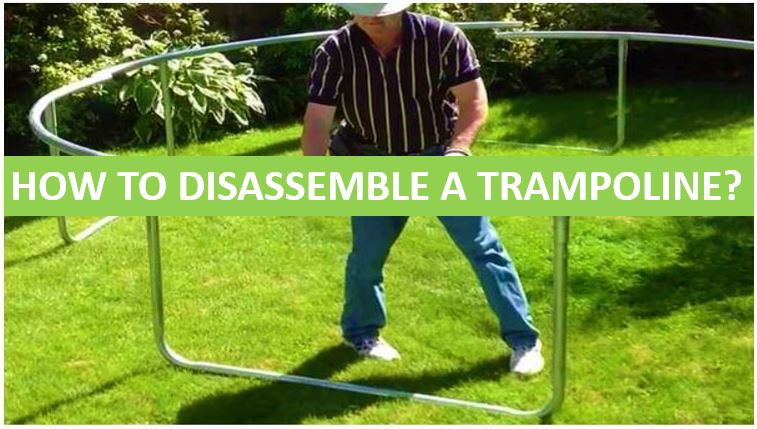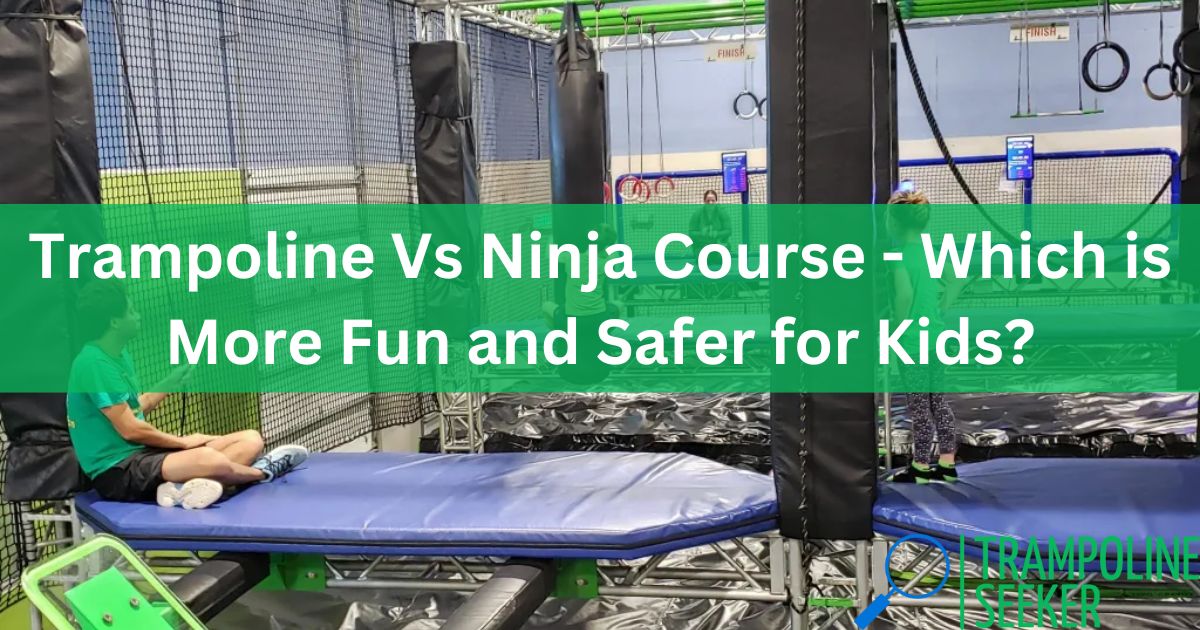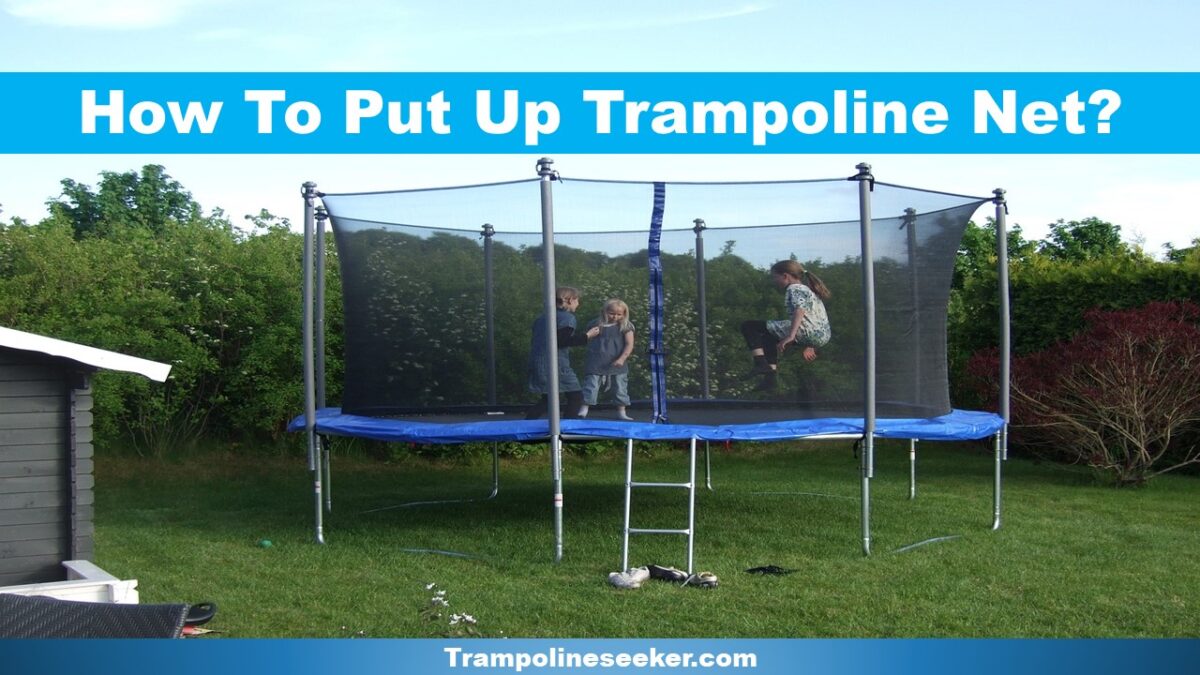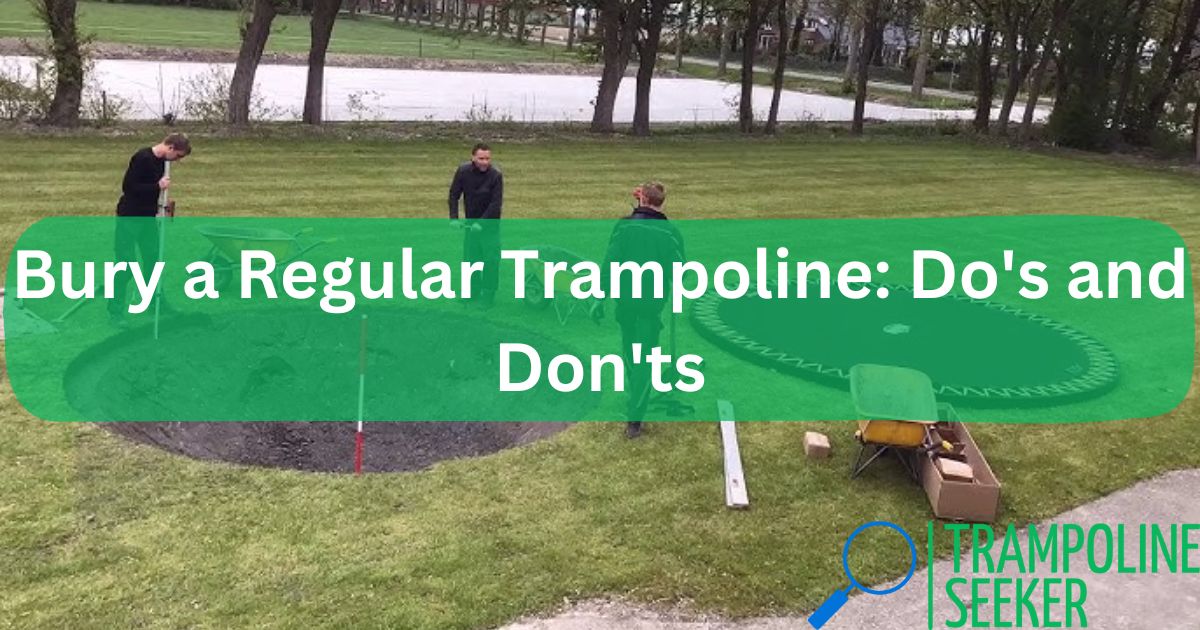Trampolines provide hours of exciting playtime and exercise for kids of all ages. As a parent looking to purchase a trampoline for my family of five children, I extensively researched which shape – round or rectangular – would be the best option not just for jumping and tricks, but also for non-jumping creative play. In this blog, I’ll share my key findings and final recommendation on whether rectangular trampolines offer comparable fun.
My Research Process and Key Selection Criteria
With ages ranging from 5 to 11 years old, I wanted a durable and appropriately-sized trampoline that would accommodate all my kids safely playing together. Beyond the basic jumping and bouncing, additional key use cases included:
- Running in circles chaotically
- Playing ‘dead man’
- Taking turns doing flips, spins, and seat drops
- Throwing or kicking balls for dodgeball variants
I started by gathering input from experienced parents in online forums. Safety was my top priority, so I also investigated injury rates and which shapes offer more stability. Available backyard space and shape integration factored into the decision too.
Based on my research, below were my key trampoline selection criteria:
- Safest design for multiple simultaneous kids
- Sufficient size for family of 5
- Durability over years of outdoor use
- Facilitates creative group play and games
- Fits available backyard layout
Safety Considerations and Recommendations
Trampoline-related injuries most commonly occur due to multiple jumpers on smaller trampolines. According to the American Academy of Pediatrics (AAP), mini or “fun-sized” trampolines should always be avoided for recreational home use given the high injury risk.
For standard, full-sized trampolines intended for home use, the most prudent safety advice I came across was:
- Only allow one jumper at a time
- Always supervise use
- Place shock-absorbing padding over the springs, hooks, and frame
- Set up the trampoline on a level surface with adequate overhead and side clearances
- Ensure the trampoline is in good condition with intact, tight net enclosures and padding
However, with my kids always playing together, limiting to one jumper at a time was not practical. I decided early on I would go with a full-size model rated for multiple simultaneous jumpers.
Most safety recommendations pointed towards purchasing rectangular trampolines over round. Here’s an overview of the key safety advantages:
Safer Jumping Surface
- The rectangular mat is held under consistent tension, minimizing the uneven bouncing that can happen on round trampolines
- This makes it easier for multiple jumpers to control their height and landings
Added Stability
- The rectangular design offers more overall contact with the ground for improved resistance against tipping or shifting
- The mat shape also gives jumpers reference points, making it easier to orient themselves and land correctly
So clearly rectangular trampolines provided compelling safety benefits. But a key part of my research was assessing if non-jumping play would be equally fun compared to round trampolines.
Comparing Shapes for Non-Jumping Play and Games
My kids love chasing each other in circles on my parents’ 14-foot round trampoline. They also have a blast taking turns dropping into the middle, playing a silly variant of leapfrog, or kicking balls back and forth across the mat.
I discovered mixed opinions on whether round or rectangular trampolines better facilitate these creative group games:
Case For Round
- The continuous, curved shape allows for running endless circles around the perimeter
- Falling towards the center is fun and helps naturally congregate multiple players
- The symmetrical, open layout provides no obstacles during rowdy gameplay
Case For Rectangle
- The longer length and nearly square footprint enables direction changes during tag variants
- The straight sides serve as goals during soccer or dodgeball games played on the mat
- The structural stability aids more daring maneuvers like crawling under bounding jumpers
Ultimately, kids can invent rules and adapt games to either shape. A few parents of multiple children did report their kids gravitating towards the ends on rectangular trampolines, leaving the middle open for bouncing. But games continually evolved based on whims and their kids were equally content with both shapes.
When it comes to non-jumping play, shape matters far less than size. Having ample room for 5 kids to run around is crucial, so for my needs, a large surface area was the priority.
Optimal Size Recommendations

Many safety guidelines advise limiting recreational trampolines to one jumper at a time regardless of size. But with my research objective being suitability for a family of 5, I instead referenced specifications from trampoline parks.
Facilities certified for competitive training or high-volume public entertainment use must meet strict size regulations for their equipment. These commercial-grade standards provided useful direction for reasonably safe domestic use cases:
- Up to 2 simultaneous jumpers: Require at least 6′ x 10′ rectangular or 8′ round
- 3 to 4 simultaneous jumpers: Need at least 8′ x 14′ rectangular or 12′ round
- 5+ simultaneous jumpers: Recommend at least 9′ x 15′ rectangular or 16′ round
So going by commercial guidelines intended for continual multi-jumper use, a 16-foot round or 9′ x 15′ rectangular trampoline would be adequately sized for my family.
I gauged that a high-quality 16-foot round or slightly smaller rectangle would likely fit in my backyard space. However, the safety and stability benefits of the rectangular shape ultimately drove my decision.
My Final Recommendation
After extensive research weighing dimensions, safety, durability, and playability for a family of 5 kids, I decided on a competition-grade 9′ x 15′ rectangular trampoline.
My kids will have ample room to burn energy together regardless of the activity – jumping, tag, imaginative games, or just goofing around. And the rectangle’s superior stability gives me peace of mind.
Rectangular trampolines do offer comparable fun and playability versus rounds once sized appropriately. And the better jumping control reduces injury risk with multiple simultaneous kids. So I’m confident I chose the optimal shape and size to keep my energetic family active and secure for years to come!
Other Related Blogs:
- How to Measure a Rectangle Trampoline Mat?
- Are Rectangular Trampolines Better?
- How Much Does a Rectangle Trampoline Cost?
- What Is the Best Rectangle Trampoline?
- How to Put Together a Rectangle Trampoline?
- Why Are Rectangle Trampolines More Expensive?
- Upper Bounce Rectangular Trampoline Reviews
- Best Rectangle Trampoline for Gymnastics
- What Is Better, an Oval Trampoline or Rectangle?
- Skywalker 15 Foot Rectangle Trampoline
FAQs
Are round or rectangular trampolines safer?
Rectangular trampolines are widely considered safer, especially with multiple jumpers. Their suspended mat design delivers more consistent bounce control. And the ground contact footprint combined with straight edges provide better overall structural stability.
What size trampoline do I need for 5 people?
Commercial trampoline facilities advise at least 160 square feet of jumping surface for 5 users, which equals a 9′ x 15′ rectangle or 16-foot round trampoline. High weight limits and durable construction also help ensure years of safe use.
How much space do you need around a trampoline?
Trampolines require sufficient clearances, recommended as at least 6 feet on all sides. Overhead clearance should be at least 23 feet from ground level for recreational bouncing. Always refer to the manufacturer’s specifications too based on exact trampoline shape and height.
Can multiple jumpers be safe on home trampolines?
Many safety organizations advise allowing only one jumper due to injury risks from collisions or uncontrolled landings. But with proper precautions, sized, and supervision, recreational jumping does reasonably permit multiple simultaneous users. Just take care to prevent users exceeding individual weight ratings.
Why choose rectangular over round?
The primary advantages of rectangular recreational trampolines are superior jumping control and stability that reduce injury likelihood from uneven bounce or tipping hazards. Their straight structure also often better utilizes available backyard layouts.
Articles You May Like to Read:













